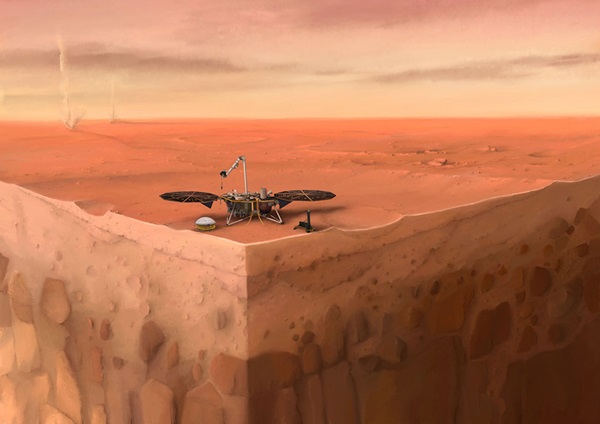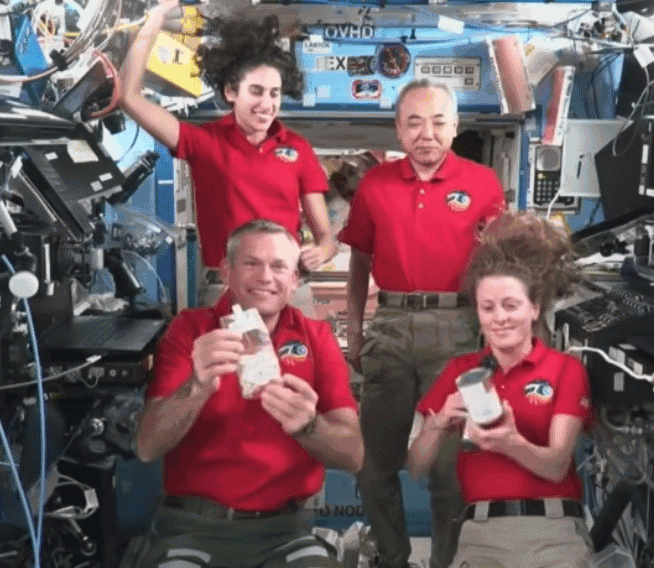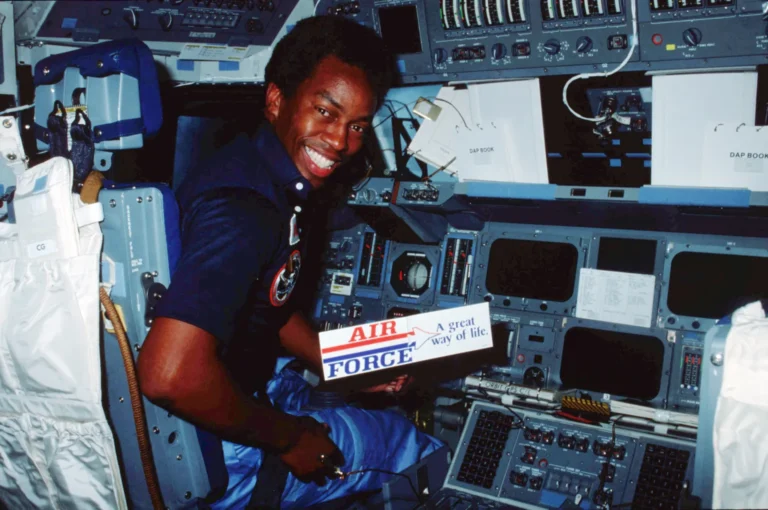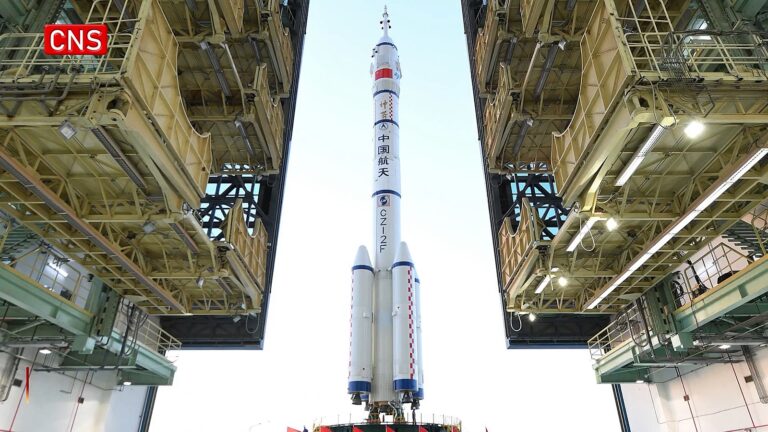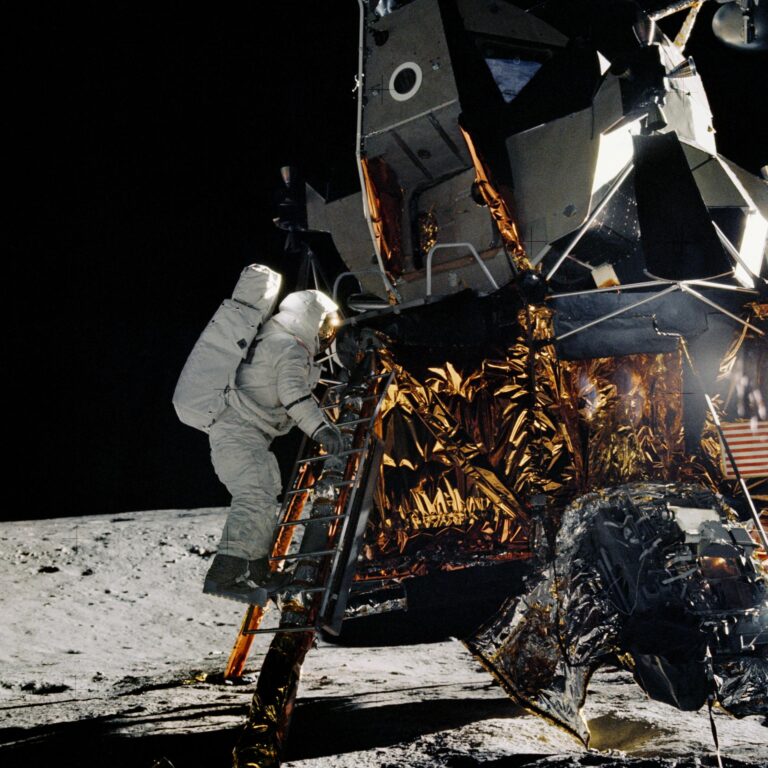Key Takeaways:
After its deployment in February 2019, the mole immediately struggled to gain traction in the martian soil. And the project team has been tirelessly working to #SaveTheMole ever since. Now, two years later, they’ve finally thrown in the towel.
Try, try again
The mole’s troubles ultimately boiled down to the fact that InSight landed at a site that had unexpected soil properties, which quickly threw a wrench into the original plan. Unlike soil previously seen on Mars, what the mole was trying to dig through had a tendency to clump — a strange characteristic that researchers have spent the past two years trying to figure out.
One of the ways engineers attempted to overcome this unforeseen hurdle was to use InSight’s robotic arm in a way that’s never been tried before. With no other options, the team tried using the arm to push down on probe to help it start digging.
credit: NASA/JPL-Caltech via GIPHY
On January 9, the team put in their final effort. Using InSight’s robotic arm, they scrapped soil onto the probe, burying it about 2 cm below the surface in the hopes of providing it with more friction. The mole then hammered the ground 500 times in an effort to drive itself deeper. But in the end, the team was forced to call off their efforts after the probe made no further progress.
“We’ve given it everything we’ve got, but Mars and our heroic mole remain incompatible,” said InSight’s principal investigator Tilman Spohn of the German Aerospace Center in a press release.
InSight, however, was the very first mission to attempt to burrow into Mars’ soil. And while it may have failed its primary mission, it still gained insights that will benefit both future rovers and astronauts alike.
“This is why we take risks at NASA — we have to push the limits of technology to learn what works and what doesn’t,” said Thomas Zurbuchen, associate administrator for science at the NASA’s headquarters in Washington. “In that sense, we’ve been successful: We’ve learned a lot that will benefit future missions to Mars and elsewhere”

